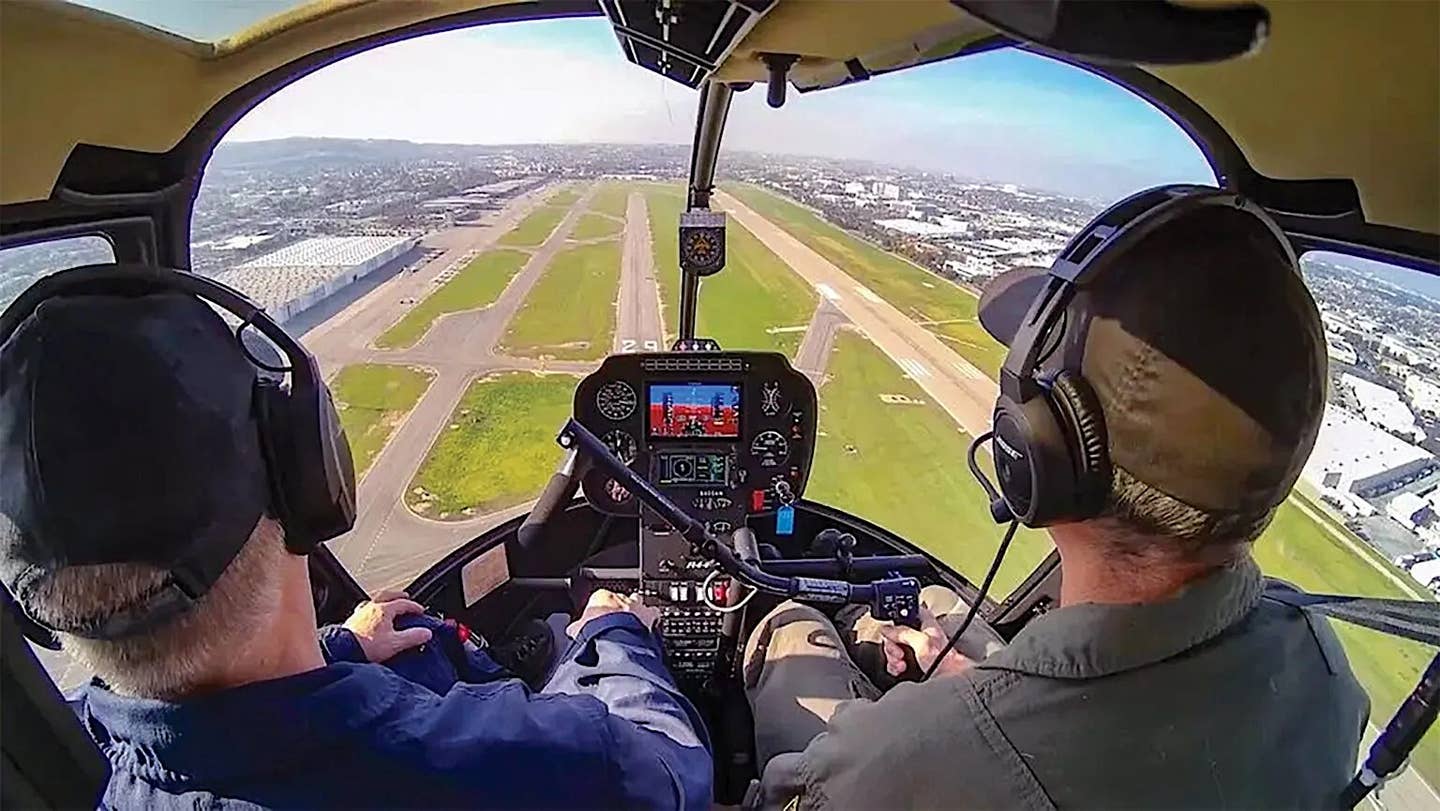General Aviation Accident Bulletin, March 20, 2023
AVweb’s General Aviation Accident Bulletin is taken from the pages of our sister publication, Aviation Safety magazine. All the reports listed here are preliminary and include only initial factual findings…

Aviation Safety Accident Bulletin
AVweb's General Aviation Accident Bulletin is taken from the pages of our sister publication, Aviation Safety magazine. All the reports listed here are preliminary and include only initial factual findings about crashes. You can learn more about the final probable cause on the NTSB's website at www.ntsb.gov. Final reports appear about a year after the accident, although some take longer. Find out more about Aviation Safety at www.aviationsafetymagazine.com.
December 5, 2022, Yukon, Okla.
Beech F33A Bonanza
At about 2116 Central time, the airplane was destroyed when it collided with terrain shortly after liftoff. The pilot and two passengers were fatally injured. Night visual conditions prevailed.
Recorded ADS-B data show the airplane began its takeoff roll at 2115, lifted off and began to climb, reaching about 425 feet AGL before descending to about 275 feet and turning slightly left. It then entered a climb to about 450 feet AGL and turned back to the right. The right turn continued as the airplane transitioned to a descent, which continued to the end of the data. The main wreckage came to rest about 1300 feet south and 200 feet east of the departure end of Runway 35L, facing 255 degrees.
December 8, 2022, Covington, Ga.
Beech A36 Bonanza
The airplane was substantially damaged at about 1810 Eastern time when it was force-landed on a road following engine failure. The commercial pilot and pilot-rated passenger were not injured. Dusk visual conditions prevailed.
After leveling off at 5500 feet MSL, the occupants heard a loud bang from the engine and observed sparks from the cowling as the engine lost power. The airplane’s Garmin Smart Glide mode was engaged and, as designed, the autopilot pitched the airplane up to fly the airplane’s best-glide airspeed. The system then advised there were no airports within gliding range.
The autopilot was disconnected and the right-seater hand-flew the airplane, declared the emergency and began looking for a landing area. They maneuvered the airplane for landing to the south on a section of roadway that appeared to be straight. After lowering the landing gear, they flashed the landing and taxi lights off and on to alert oncoming traffic. Soon after, the left-seater extended the flaps and the airplane’s left wing impacted a tree growing over the roadway. The airplane touched down on the road and heavy braking was applied. Almost simultaneously, the right wing impacted a stop sign, pulling the airplane into the right lane, where it impacted an intersection sign, before coming to rest in a ditch. Examination revealed a large-diameter hole in the engine crankcase adjacent to the #4 cylinder.
December 12, 2022, Carrollton, Texas
Mooney M20K 231
At about 2005 Central time, the airplane was substantially damaged when it was force-landed on a road following engine failure. The pilot and passenger were seriously injured. Night instrument conditions prevailed; an IFR flight plan had been filed.
While being vectored for an ILS approach to the destination airport, the engine lost power and the propeller “automatically feathered.” The pilot’s attempt to restart the engine was unsuccessful and he aligned the airplane with a road for a forced landing. During the approach to the road, the airplane impacted a utility pole, resulting in substantial damage to the fuselage and wings. A detailed engine and airframe examination was pending.
December 13, 2022, Kellyton, Ala.
Mooney M20B
The airplane was substantially damaged at 0925 Central time when it impacted trees and terrain following a loss of engine power. The solo pilot was fatally injured. Marginal visual conditions prevailed; the flight operated on an IFR flight plan.
At 0918, while en route at 6000 feet MSL, the pilot declared an emergency, reporting to ATC the engine was running rough and requesting to divert to the nearest airport. Shortly after turning toward a nearby airport, the pilot reported the engine was again producing power but he wanted to continue to the divert airport. The controller assisted the flight until radio and radar contact were lost at 0925, when the airplane was about 5.8 NM from the divert airport.
A witness reported hearing tree branches breaking and looked up to see the airplane upright and level, but not generating engine noise. Video showed the airplane impacting trees before rolling inverted and descending nose-first to the ground.
The propeller exhibited minimal chordwise rotational scoring on the face sides; one propeller blade exhibited aft bending. The engine control levers were in their full forward position. The fuel selector was positioned to the right wing fuel bladder. Examination of the wing fuel bladders revealed significant fuel in the left bladder and no fuel in the right one.
This article originally appeared in the March 2023 issue of Aviation Safety magazine.
For more great content like this, subscribe to Aviation Safety!






